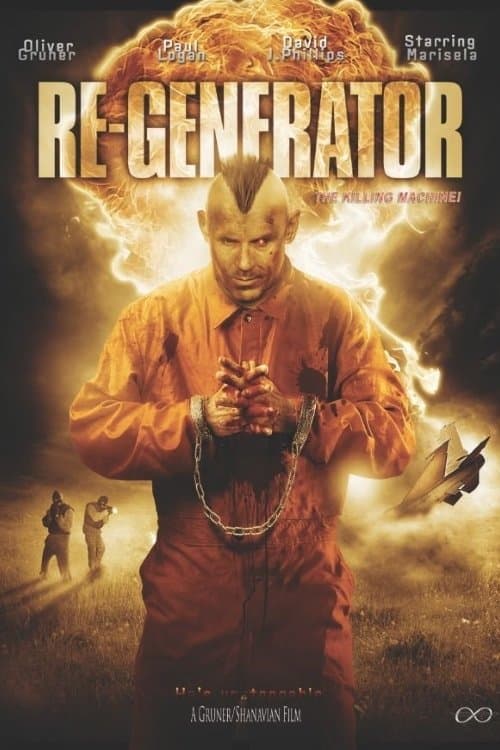
Come On, Marines!
Mar 23 1934
•1h 10m
•Drama
"Lucky" Davis, a ladies-man and a devil-may-care U. S. Marine Sergeant, is leading a Marine-squadron on an expedition through a Phillipine jungle where an outlaw bandit is leading a guerilla-war rebellion. Their assignment is to rescue a group of children from an island mission that has been cut off from all communication. It comes as a bit of a surprise when Davis discovers that the "children" are a group of 18-25 year-old girls blissfully bathing in a pool while awaiting rescue.
Cast
See all
Ida Lupino
Esther Smith-Hamilton

Richard Arlen
Lucky Davis

Roscoe Karns
Spud McGurke

Grace Bradley
JoJo La Verne
Recommendations
See all
Charley's Aunt
A student is pressured into pretending to be a classmate's Aunt so he can act as a false chaperone.

Re-Existences
“Re-Existence” is a documentary about migration stories of individuals from the Brazilian queer community.

Don Camillo in Moscow
Priest Don Camillo blackmails his friendly rival Peppone into letting him join a Communist delegation visiting the Soviet Union.

Re-Generator
A plane containing a highly classified government project crashes outside of a small town in the US. Realizing the level of danger, the government tries to secretly fix the problem. As tensions grow, the situation gets out of control, and civilians from the town find themselves facing their worst nightmare: a genetically enhanced killing machine that doesn't know how to stop.